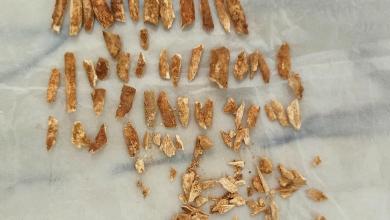Quadrantid meteor shower: Best time to see it in Southern California

The annual meteor shower streaking across Southern California’s dark skies will appear most powerful over the next two days. According to skywatchers, the prime viewing period begins Friday morning and lasts until Saturday.
Ed Krupp, director of the Griffith Observatory, said the annual Quadrantid meteor shower will reach its highest visibility, especially in the northern hemisphere, with about 25 meteors per hour.
“What you need is a little bit of patience, because that means one every few minutes,” Krupp said. “They’re not systematic and they don’t run on a clock, but people do like them when they’re overhead.”
The time when the meteor shower is most visible varies from region to region.
Krupp said the highest visibility in Southern California will be Friday night into Saturday morning, from approximately midnight to 5:30 a.m., possibly 6 a.m.
You can spot the shower by locating the constellation Boötes around 10 p.m., Krupp said, and look to the northeast to see the shower.
By 3 a.m., showers will be near overhead, Krupp said.
Binoculars or telescopes are unnecessary and a potential hindrance because they narrow a stargazer’s field of view, the director said.
“The best viewing is done with the eyes, which provides great widescreen viewing,” Krupp said.
For optimal viewing, it is recommended to find dark areas away from cities and light pollution. NASA recommends that people heading outdoors should bring winter gear and Sleeping bag, blanket or lawn chair.
Krupp suggests desert viewing is ideal.
The American Meteor Society predicts that the meteor shower will be strongest at 9:45 a.m. on Friday, which means Pacific Island communities are likely to enjoy the best show ever.
Krupp said the origin of the meteor shower is a bit unclear.
Asteroid 2003 EH1 was discovered in 2003 by research scientist Peter Jenniskens and is believed to be behind the meteor.
Krupp said it’s still uncertain whether 2003 EH1 is indeed a meteor, or a “dead comet,” meaning the object has lost the volatile ices and gases that formed its glowing tail.
Since the best viewing locations are away from cities and light, Krupp said the observatory will not host any special observing events.



